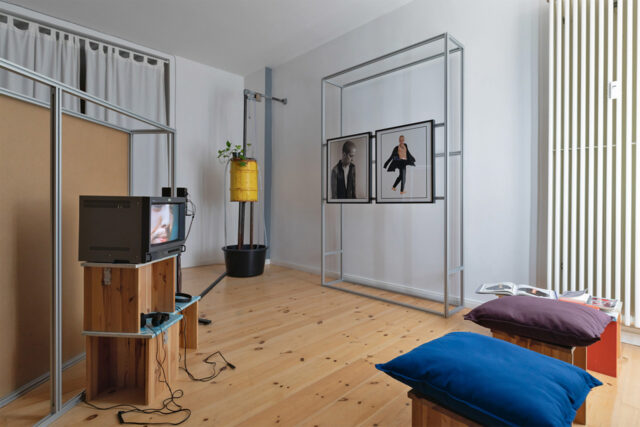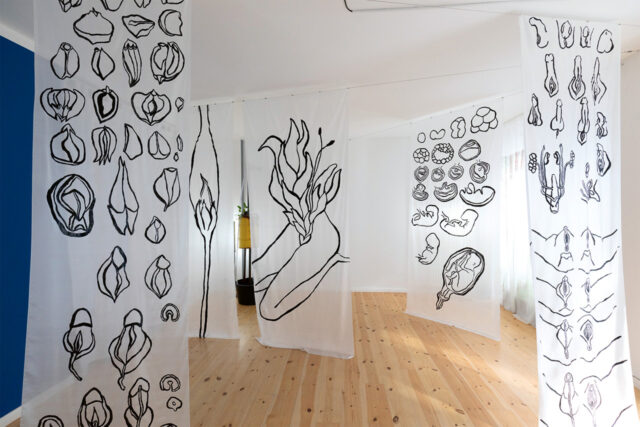
Pol Merchan, Pirate Boys, featuring Del LaGrace Volcano, 2021, Ana Alenso, green and yellow, boom and bust, 2018, Foto: Benjamin Busch

Sofia Lomba, Bondage Bodies, 2021, Serie Maintenance! Domestics as Institutional Becomings, Foto: Benjamin Busch